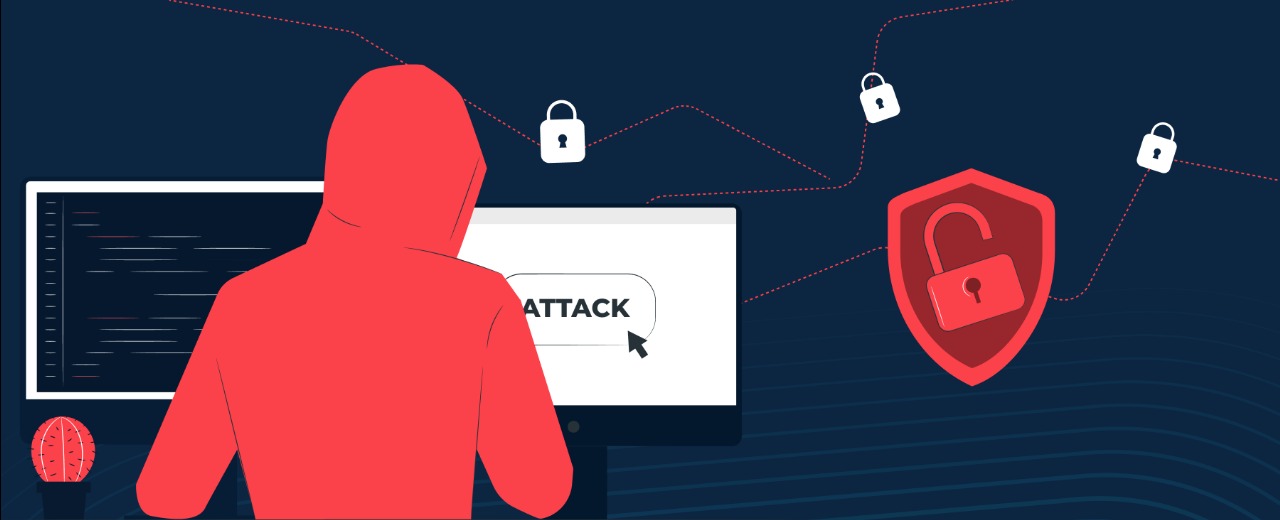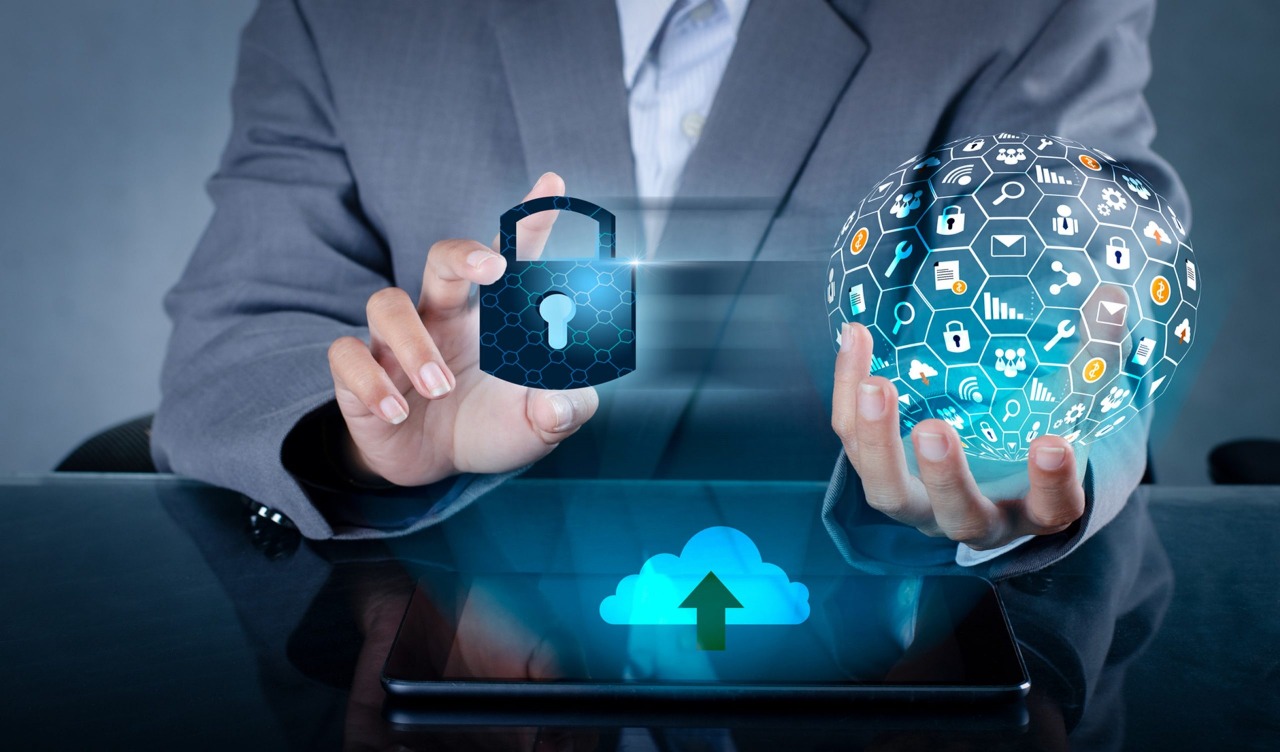In today’s digital age, the shift towards remote work has become more prevalent, bringing with it a new set of cybersecurity challenges. As businesses adapt to this change, ensuring the security of their remote workforce is paramount. This guide provides essential strategies to protect your organization against cyber threats in a remote work environment.
Embrace a Zero Trust Security Model: Implement a Zero Trust framework, which assumes that threats can come from anywhere and verifies every access request regardless of its origin. This approach minimizes the risk of unauthorized access to your business’s critical resources.
Use Virtual Private Networks (VPNs): Encourage employees to use VPNs when accessing company resources. VPNs encrypt internet traffic, safeguarding data from interceptors and ensuring secure connections to your network.
Implement Multi-Factor Authentication (MFA): MFA adds an extra layer of security by requiring users to provide two or more verification factors to gain access to resources. This significantly reduces the risk of unauthorized access due to compromised credentials.
Conduct Regular Security Awareness Training: Equip your employees with the knowledge to recognize and respond to cybersecurity threats, such as phishing attacks. Regular training sessions can dramatically reduce the risk posed by human error.
Secure Home Networks and Devices: Advise employees on securing their home networks, such as changing default router passwords and enabling WPA2 or WPA3 encryption. Additionally, ensure that all devices used for work are equipped with updated antivirus software and firewalls.
Implement Endpoint Protection: Utilize endpoint protection solutions to monitor and protect devices accessing your network. This includes protection against malware, ransomware, and other cyber threats that could compromise your data.
Regularly Update and Patch Systems: Ensure that all systems and software are kept up-to-date with the latest security patches. Automate updates where possible to protect against vulnerabilities.
Create a Comprehensive Incident Response Plan: Develop a plan detailing how to respond to security incidents, including who to contact, steps to contain the breach, and how to recover lost data. Regularly review and update the plan to ensure its effectiveness.
Back-Up Data Regularly: Implement regular data backup procedures to prevent data loss in the event of a cybersecurity incident. Ensure backups are stored securely and can be quickly restored.
By adopting these strategies, businesses can significantly enhance the cybersecurity of their remote workforce, protecting sensitive information and maintaining the trust of their customers and partners. Remember, cybersecurity is a continuous process that requires vigilance and adaptation to new threats. Stay informed, stay prepared, and make cybersecurity a cornerstone of your remote work policy.






